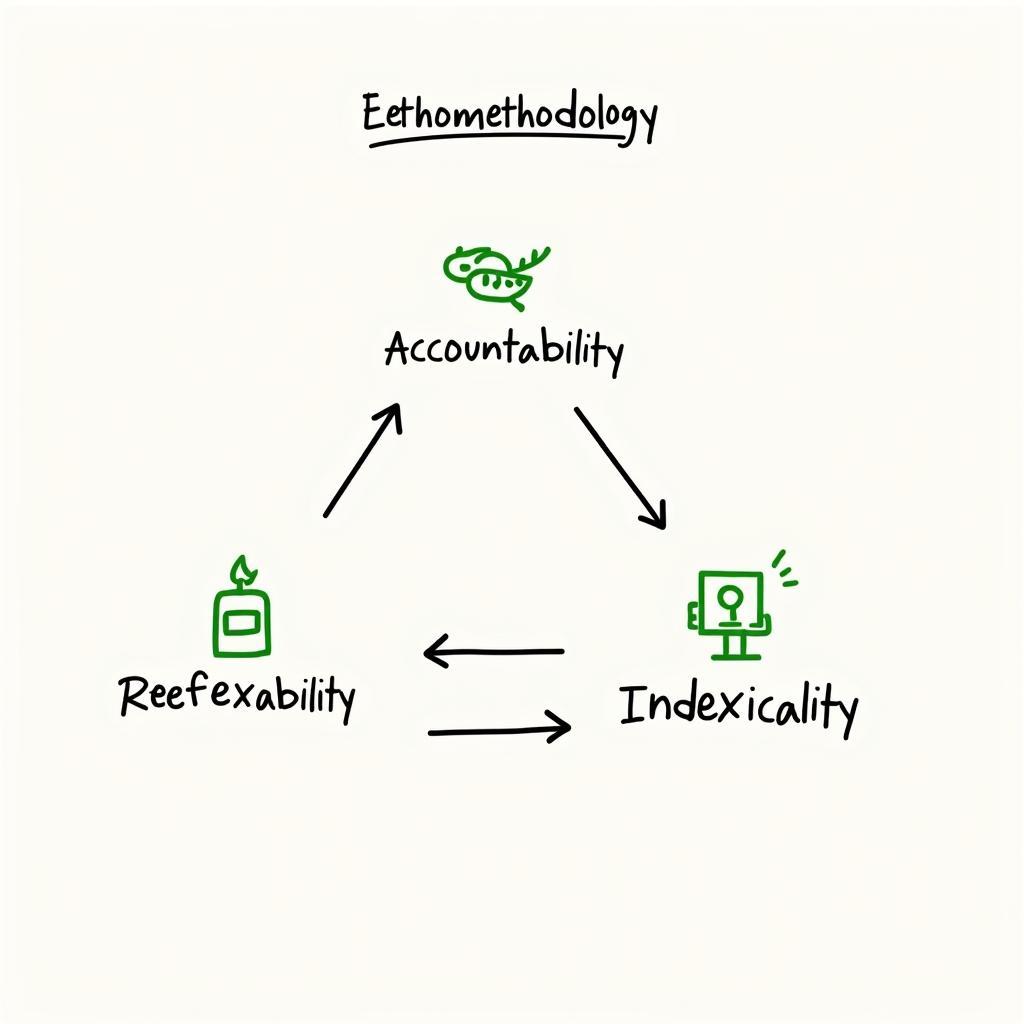Garfinkel’s research, an approach called ethnomethodology, delves into the fascinating world of how individuals create and maintain social order in everyday life. It moves beyond simply observing social interactions and instead focuses on the methods people use to make sense of their world and produce meaningful interactions. This unique perspective challenges traditional sociological approaches by examining the often-unconscious processes that underpin our social reality.
Understanding the Foundations of Ethnomethodology
Ethnomethodology, coined by Harold Garfinkel in the 1950s, examines the “ethnomethods,” or practical reasoning and common-sense knowledge, that people employ to navigate social situations. Garfinkel’s research challenged the prevailing structural-functionalist perspective, which viewed social order as imposed by overarching societal structures. Instead, he argued that social order is actively constructed and negotiated by individuals in their daily interactions. This perspective shifts the focus from macro-level structures to the micro-level practices that constitute social life.
What is the Core of Garfinkel’s Research?
Garfinkel’s research emphasizes the importance of “indexicality,” the idea that the meaning of our words and actions depends heavily on the specific context in which they occur. He argued that understanding social interaction requires analyzing how individuals interpret and respond to these contextual cues. This understanding is crucial to grasping the nuances of communication and the subtle ways in which meaning is created and shared.
 Garfinkel's Breaching Experiments Illustration
Garfinkel's Breaching Experiments Illustration
How Did Garfinkel Conduct His Research?
Garfinkel employed innovative research methods, including “breaching experiments,” to disrupt ordinary social interactions and observe how people reacted. These experiments, often humorous in retrospect, revealed the taken-for-granted assumptions and unspoken rules that govern our social world. By disrupting these norms, Garfinkel exposed the underlying methods individuals use to restore order and make sense of the unexpected.
Key Concepts in Ethnomethodology
Several core concepts underpin Garfinkel’s research and ethnomethodology. “Accountability” refers to the ways in which individuals explain and justify their actions to others. “Reflexivity” highlights how our descriptions of social reality simultaneously shape that reality. And “indexicality,” as mentioned earlier, underscores the context-dependent nature of meaning. These concepts provide a framework for understanding how individuals create and negotiate social order in their everyday lives.
 Diagram illustrating key concepts in Ethnomethodology
Diagram illustrating key concepts in Ethnomethodology
Ethnomethodology and Everyday Life
Ethnomethodology provides valuable insights into a wide range of social phenomena, from conversations and nonverbal communication to institutional practices and the construction of social identities. By focusing on the “how” of social interaction, it offers a unique perspective on the seemingly mundane aspects of our everyday lives. This perspective allows us to appreciate the intricate and often-invisible work that goes into creating and maintaining a shared social reality.
Why is Garfinkel’s Research Important?
Garfinkel’s research, an approach called ethnomethodology, is important because it reveals the hidden mechanisms that underpin social order. It reminds us that social reality is not a fixed entity but a dynamic and ongoing accomplishment. By understanding these processes, we can gain a deeper appreciation for the complexities of human interaction and the fragility of social life.
 Everyday Examples of Ethnomethodology in Action
Everyday Examples of Ethnomethodology in Action
Conclusion
Garfinkel’s research, an approach called ethnomethodology, offers a powerful lens for understanding the intricate processes through which we construct and maintain social order. By focusing on the methods people use to make sense of their world, ethnomethodology provides a valuable complement to traditional sociological approaches. It reminds us that social reality is not simply given but is actively and collaboratively created in the ongoing flow of everyday life.
FAQ
- What is the main difference between ethnomethodology and traditional sociology?
- How do breaching experiments help us understand social norms?
- What is the significance of indexicality in everyday communication?
- Can you give an example of how accountability shapes social interaction?
- How does ethnomethodology contribute to our understanding of social order?
- What are some criticisms of ethnomethodology?
- How has ethnomethodology influenced other fields of study?
You can find more information on related topics on our website. For further assistance, please contact us: Phone: 0904826292, Email: [email protected] or visit us at No. 31, Alley 142/7, P. Phú Viên, Bồ Đề, Long Biên, Hà Nội, Việt Nam. We offer 24/7 customer support.